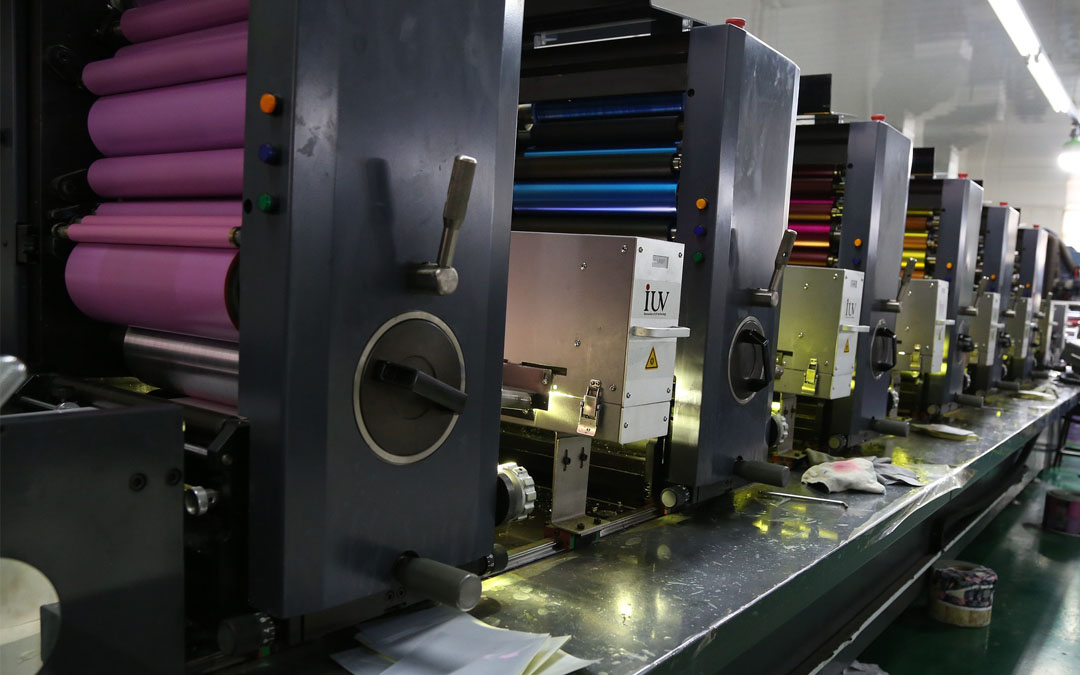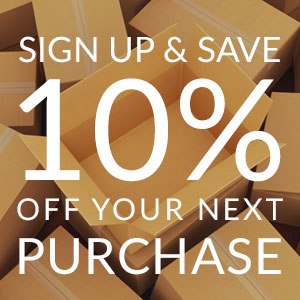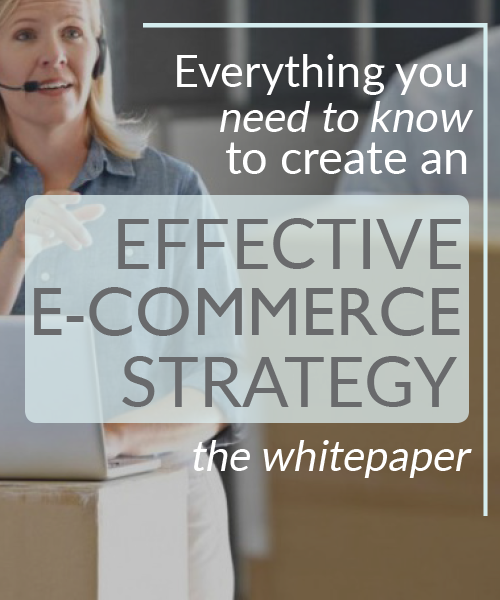Custom branded packaging is one of the best investments you can make in your business. It creates brand recognition, customer loyalty, and just looks really, really cool. But there’s a lot of prep work and planning that goes into creating it, and not knowing what you’re doing can lead to a less-than-impressive final project. That’s where these blog guides come in—giving you the basics you need for printing on custom packaging. So, now that you know about colour formats, board options and artwork requirements, let’s look at printing methods.
Flexographic Printing
Also known as relief printing, flexographic is the most commonly used method for printing on corrugated boxes. A flexible printing plate is mounted to a large rotating cylinder, and as uncut corrugated board is fed through it, the design on the plate is printed directly onto the corrugate. It’s ideal for flood coating, edge-to-edge printing, and designs that are text-based or include 1 or 2 colours. It’s also a cost-effective printing method, making it especially good for large volume projects. It’s not recommended for designs that involve detailed graphics or multiple colours, due to the need for extra printing plates—which increases the price for every extra colour you need.
Lithographic Printing
Also known as offset printing and litho-lamination, lithographic operates differently from other direct printing methods. It involves printing a design onto paper (in coated or uncoated finish), which is laminated onto corrugate board, which is then cut to the final box dimensions. It’s great for detailed and high-resolution graphics, giving you tons of choices and flexibility when it comes to imagery, colours and other flourishes. Its biggest drawback is it’s the most expensive printing method available.
Digital Printing
Free of the need for plates or lamination, the digital option involves printing a design directly onto the corrugated board. Also, free of the need for mixing separate colours, it uses the full spectrum of CMYK for printing the final product. There are disadvantages to it, however. Using digital printing for flood coating or large colour blocks can cause imperfections—colours can be slightly off, or white lines may appear on the finished product. And depending on the corrugated board colour and board coating you use, some of the ink can be absorbed into the corrugate and create a muted-looking design. That’s why digital printing is best for short runs and designs that take advantage of those potential imperfections.
Silkscreen Printing
Sometimes called squeegee printing, silkscreen involves the application of paint through a mesh screen that holds a design stencil. It’s a technique that results in high-quality printing and is favoured for use on oddly-shaped packaging and surfaces like cans, bottles and promotional merchandise. It’s often also used by artists and fashion houses in their showpieces. It’s labour intensive, making it more expensive than other printing methods and isn’t suggested for use in high volume projects.
Printing on custom packaging is an involved (but rewarding!) process. Lots of options to think about, lots of decisions to make, and lots of smiles once it’s all said and done. When you’re ready to start creating some fantastic custom branded packaging, we hope these guides will help make it a fun, educational and productive process.
The Packaging Company is here to be your custom packaging partner. Let’s get started.




